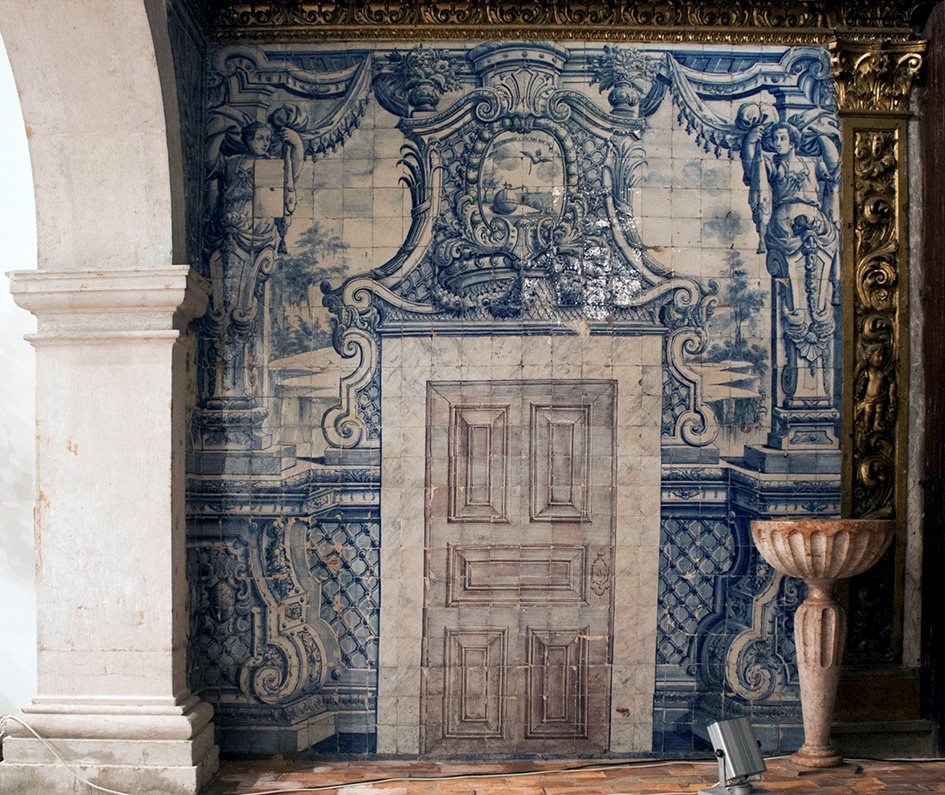
Recently, The European Fine Art Foundation (TEFAF) announced its 2018 Museum Restoration Fund grants. Which two institutions were recipients, and what are their plans for the funds? Find out here.
The Museum of Fine Arts, Boston, and the Museu Nacional de Arte Antiga in Portugal are the recipients of TEFAF’s 2018 Museum Restoration Fund grants. Established in 2012, the grant is one of a series of organization initiatives dedicated to supporting and protecting cultural heritage. Museums and institutions that have attended TEFAF Maastricht are eligible to apply for the grants, which are awarded by an independent panel of experts. Presentations about each project will be displayed at TEFAF Maastricht from March 10-18 at the MECC (Maastricht Exhibition and Congress Centre), Maastricht, The Netherlands.

The funds, which total €50,000, will support the conservation of “Capela das Albertas,” an integral part of the Museu Nacional de Arte Antiga and a striking example of a Portuguese “gold church.” “The inside of the church combines gilt carvings and tiles in a strikingly harmonious whole that encompasses architecture, painting, sculpture, and other decorative arts,” TEFAF writes. “The chapel is decorated with tiles from different periods of production, progressing from 16th-century Spanish-made tiles to 17th- and 18th-century Portuguese ones. The sacristy is covered with single figure tiles presenting the highest quality from the last part of the 17th century. The aim of the project is to conserve and restore these tiles, enriching the offer to the public and enabling new readings of the museum displays.”
For the Museum of Fine Arts, Boston, the funds will be used to support the restoration of Rembrandt’s “Portrait of a Woman with a Gold Chain,” one half of a pair of oval paintings gifted to the museum in the late 19th century. “The portrait has been on near constant view and has not been treated for 50 years,” the press release reads. “There are now multiple uneven layers of varnish and passages of clumsy retouching which are obscuring the paint surface. In addition to being unevenly cleaned in the past, there is also a recently applied thick layer of a synthetic varnish that has become very gray and under-saturated over time, further obscuring the portrait.”
To learn more, visit TEFAF.
This article was featured in Fine Art Today, a weekly e-newsletter from Fine Art Connoisseur magazine. To start receiving Fine Art Today for free, click here.






